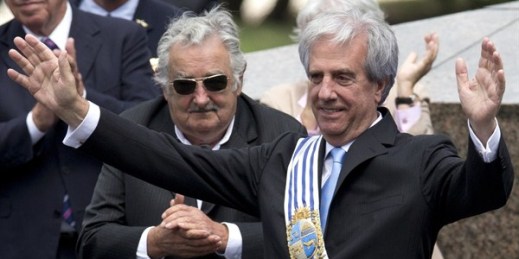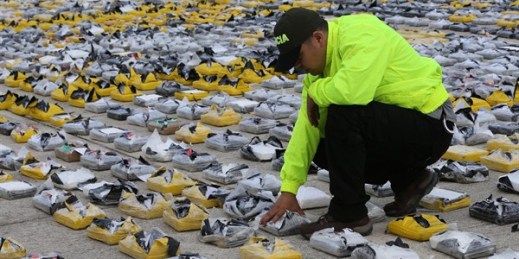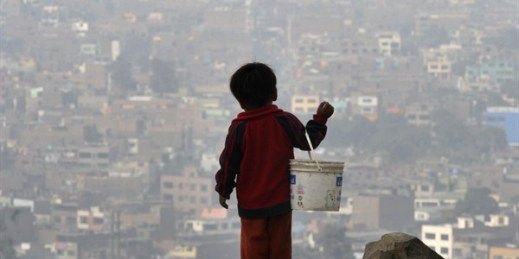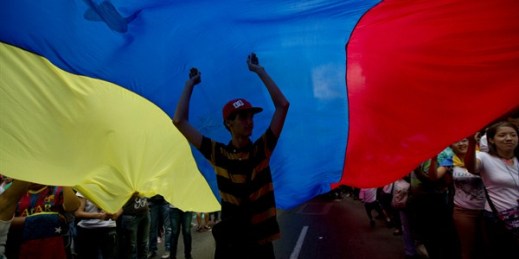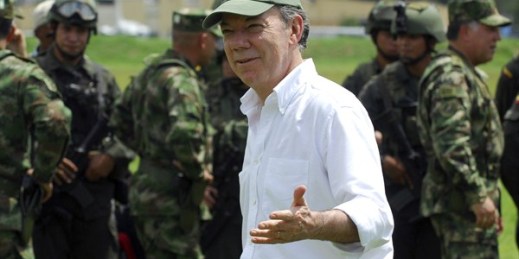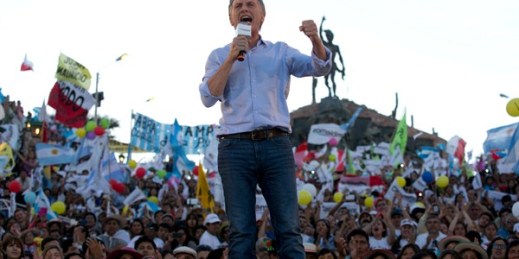
Argentina’s presidential vote this Sunday, Nov. 22, is one of its most consequential elections in recent history. After 12 years of Kirchnerismo, the next president will bring change to a country in need of an economic and political jolt. That much is certain. But how swiftly and how deeply will any transformations take place? That will depend on Sunday’s vote. In the days leading up to the first round of voting on Oct. 25, it seemed a fait accompli that President Cristina Fernandez de Kirchner’s electoral alliance, the Front for Victory, or FPV, was in the driver’s seat to hold […]

